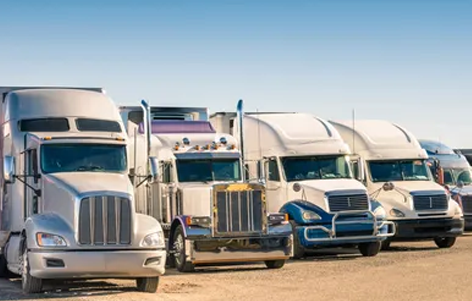- Home
- Iva testing and plating
Get a quote today
IVA Testing and Plating

iva testing
IVA (Individual Vehicle Approval) is a UK National approval scheme and a pre-registration inspection for vehicles imported, assembled or manufactured in very small numbers or as individual vehicles. Under IVA, a vehicle has to be taken for examination to a Vehicle and Operator Services Agency (VOSA) test station in Great Britain.
IVA checks that vehicles constructed for non-European markets comply with UK law, including vehicles which appear outwardly similar to European specification models. These vehicles are intended for other markets, so, are often unsuitable for use in the UK without at least some modification.
This scheme will ensure that these vehicles will be designed and constructed to reach modern safety and environmental standards that will increase their safety on the road whilst having less impact on the environment.
The amended legislation applies to passenger cars and light goods vehicles, as well as affecting a number of vehicle categories for the first time. If you're involved in any of the following for such vehicles, you will most likely be affected by the legislation:
- manufacture
- conversion
- import/export
- sale or purchase
Typically, if your vehicle is not covered by either an ECWVTA* or National Small Series Type Approval (British or similar national approval from another European Economic Area Member State) then it will need to be approved under the IVA scheme and be issued with an Individual Approval Certificate (IAC).
* European Community Whole Vehicle Type Approval
plating
As a fully DVSA-certified company, we can provide you with a plate displaying the gross and axle weights at which they may operate on roads in Great Britain. The regulations apply (subject to certain exemptions) to:
- all goods vehicles over 3,500kg gross vehicle weight
- articulated vehicles
- drawbar trailers over 1,020kg unladen weight
vehicles
M2
Vehicles designed and constructed for the carriage of passengers, comprising of more than eight seats in addition to the driver's seat and having a maximum mass not exceeding 5 tonnes
M3
Vehicles designed and constructed for the carriage of passengers, comprising of more than eight seats in addition to the driver's seat and having a maximum mass exceeding 5 tonnes
N1
Vehicles designed and constructed for the carriage of goods and having a maximum mass not exceeding 3.5 tonnes
N2
Vehicles designed and constructed for the carriage of goods and having a maximum mass exceeding 3.5 tonnes but not exceeding 12 tonnes
N3
Vehicles designed and constructed for the carriage of goods and having a maximum mass exceeding 12 tonnes. In the case of a towing vehicle designed to be coupled to a semi-trailer or centre-axle trailer, the mass to be considered for classifying the vehicle is the mass of the tractor vehicle in running order, increased by the mass corresponding to the maximum static vertical load transferred to the tractor vehicle by the semi-trailer or centre-axle trailer and, where applicable, by the maximum mass of the tractor vehicles own load.
Trailers
O1
Trailers with a maximum mass not exceeding 0.75 tonnes
O2
Trailers with a maximum mass exceeding 0.75 tonnes but not exceeding 3.5 tonnes
O3
Trailers with a maximum mass exceeding 3.5 tonnes but not exceeding 10 tonnes
O4
Trailers with a maximum mass exceeding 10 tonnes. In the case of a semi-trailer or centre-axle trailer, the maximum mass to be considered for classifying the trailer corresponds to the static vertical load transmitted to the ground by the axle or axles of the semi-trailer or centre axle trailer when coupled to the towing vehicle and carrying its maximum load.
For more information, please contact us